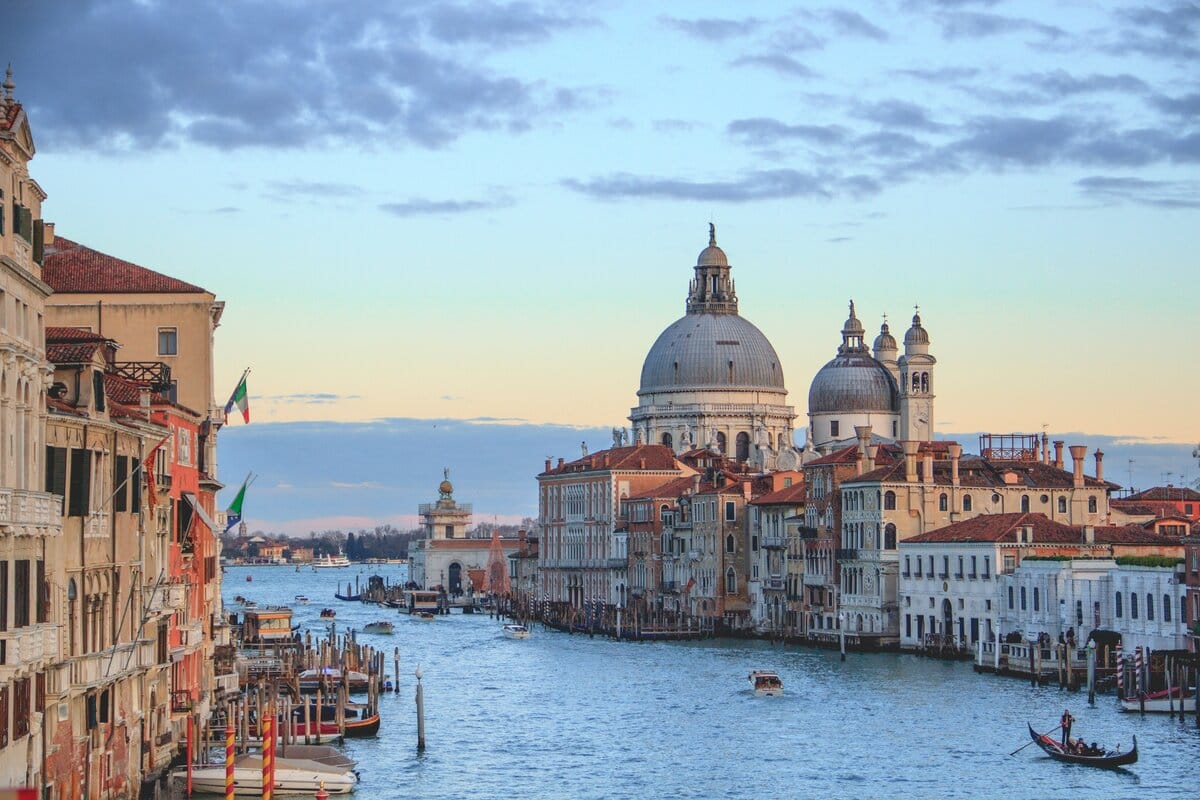
From Alps to Apulia: A Comprehensive Guide to Northern vs Southern Italy
January 30, 2024
Diving into Italy, where there’s a ton to explore, can be a bit tricky for first-timers. The big question you have to consider first: Northern vs southern Italy?
If a first-time traveler explores Milan in the north and then Naples and/or Bari in the south, they might not immediately notice a distinct difference. Everything sounds Italian, the food tastes authentic, and the churches and palaces match expectations.
Scratch the surface, though, and there are notable big differences when it comes to northern vs southern Italy.
Dive in as we explore these different parts of the country, and the key factors that differentiate northern vs southern Italy.
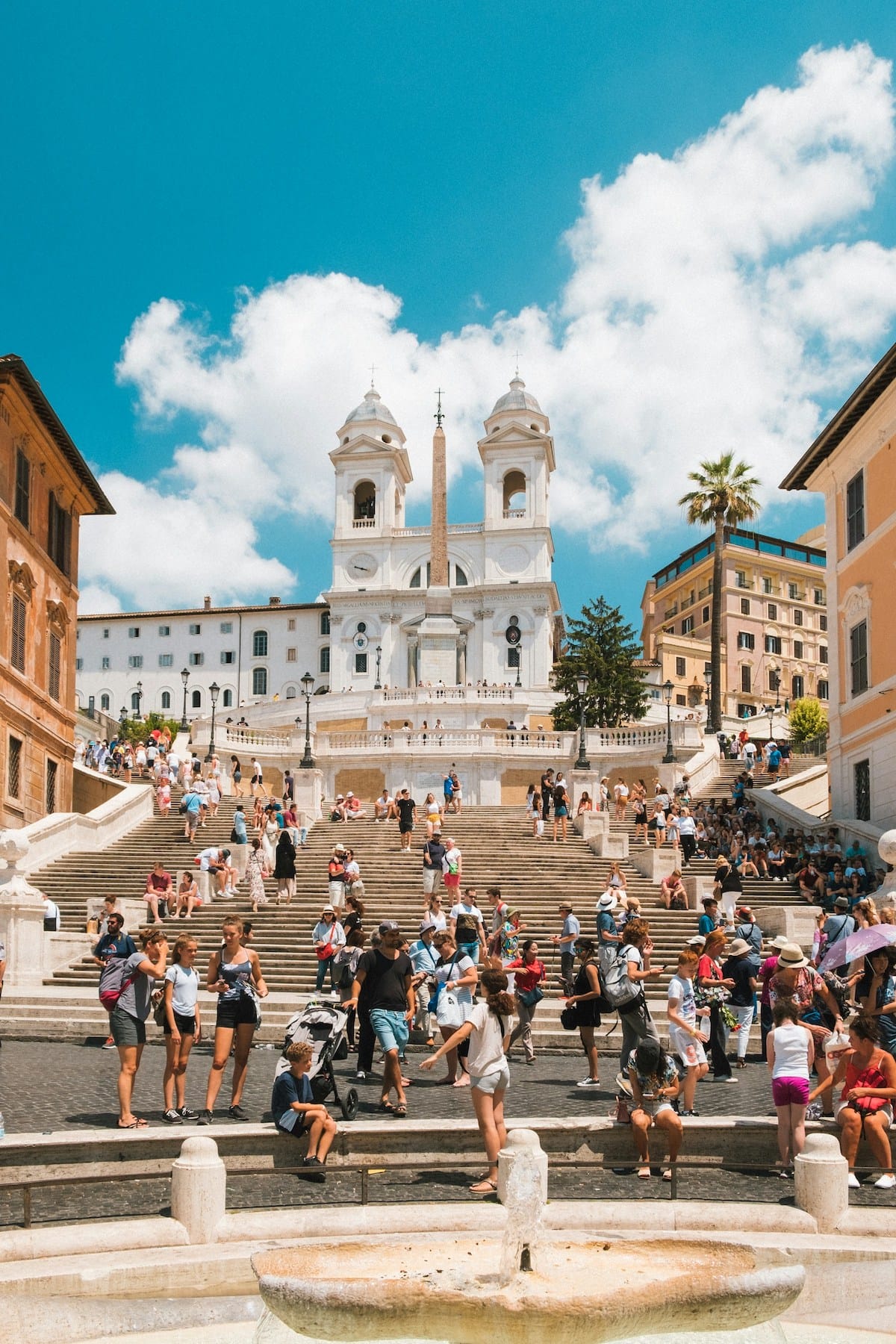
The northern vs southern Italy differences are historical and rich. Photo credit: Ilnur Kalimullin
Table of Contents
ToggleNorthern vs southern Italy: A quick history lesson
Dividing northern vs southern Italy is not so easy. To understand why, a quick history lesson:
Until 1861, when Italy was finally united, it was a series of various independent city-states—though southern Italy was dominated by the Kingdoms of Naples and the Kingdoms of Sicily, and in northern Italy, the Kingdom of Sardinia and the Kingdom of Lombardy-Venetia had a stranglehold on power.
Central Italy was mostly under the control of the Pope (known as the Papal States), which created a sort of buffer zone between the north and the south. But, if you look even closer, there were ruling families that dominated various regions, cities, towns, and villages, creating a web of power from the top to the bottom.
For this reason, there’s still a very deep sense of tribalism in Italy. Sure, if Italians from, say, Naples and Venice, randomly meet when they’re traveling abroad, they’re “Italians.” If they meet when they’re in Italy, they’re from Veneto and Campania, but more specifically from Venice and Naples. And if two Neapolitans meet in Naples, they will even distinguish one another by the neighborhood they’re from—Vomero versus La Sanità, for example.
To go into more detail, here are some common differences you’ll find when traveling in the north and the south of Italy (scroll down to the end of the article for even more details about the history of the country).

Italy is full of monuments and historic places, but it’s a country with many contrasts. Photo credit: Anna Church
Northern vs southern Italy: Geography and climate
The north is dominated by the Alps and the great plains that sit just south of there. The climate is cooler and often cloudier, grayer, in general. If you’re planning to visit the Alps, make sure to visit the best towns in the Dolomites.
In the south, though, the weather is hotter, more humid, more of what you think when you hear the word “Mediterranean” to describe the weather. If you’re heading south during summer, you’ll want to know the best beaches in Naples and along the coast.
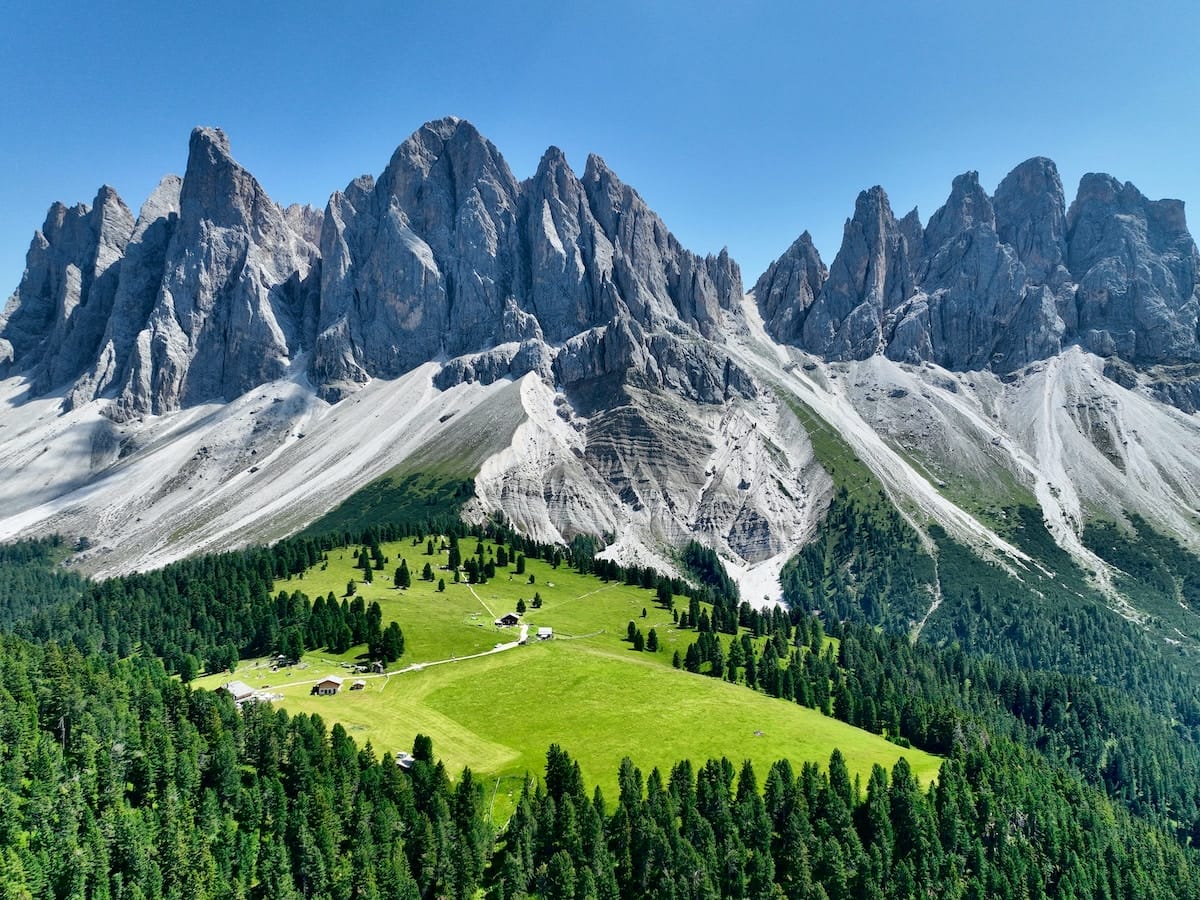
You’ll find unique towns and extraordinary landscapes near the Alps. Photo credit: Andreas Felske
Northern vs southern Italy: The food
North:
- Cooking often involves the use of butter due to Austrian influence and proximity to northern culinary cultures.
- Cuisine in the far north may include dishes like apple strudel and leberknödel, influenced by central European origins.
- Typical dinner time is around 7:30 p.m.
South:
- Olive oil is commonly used in southern cooking.
- Dishes are lighter, compared to heavier meals in the north (more seafood, less meat).
- More things made from scratch—even things like soap!
- Typical dinner time is around 8:30/9 p.m.

It’s not only about the ingredients, but also about making everything from scratch, including pasta and pizza. Photo credit: Jorge Zapata
Southern hospitality vs. northern hospitality
In general, you might find a warmer embrace in the south of Italy. Italians from the top of the boot to the heel are warm and welcoming, but in the south it feels like they’re taking the level of hospitality to another level.

Hospitality is quintessential for Italians, but they have different ways to express it in northern vs southern Italy. Photo credit: Gary Barnes
The pace of life in northern vs southern Italy
Imagine if London or New York met northern Italy—that’s basically Milan, followed by Genoa and Turin. These cities are the powerhouses of Italy.
While stereotypes, people in the south are often seen as more laid-back, taking their time. Southerners might view northerners as “workaholics” missing out on life’s sweetness, while northerners might think southerners enjoy life a bit too much.
The further up the country you go, time feels more rigid (even in the smaller towns of northern Italy), but more relaxed in the south.
When you’re strolling around southern Italy to check out the many UNESCO World Heritage sites in southern Italy, you may do so at a slower pace.
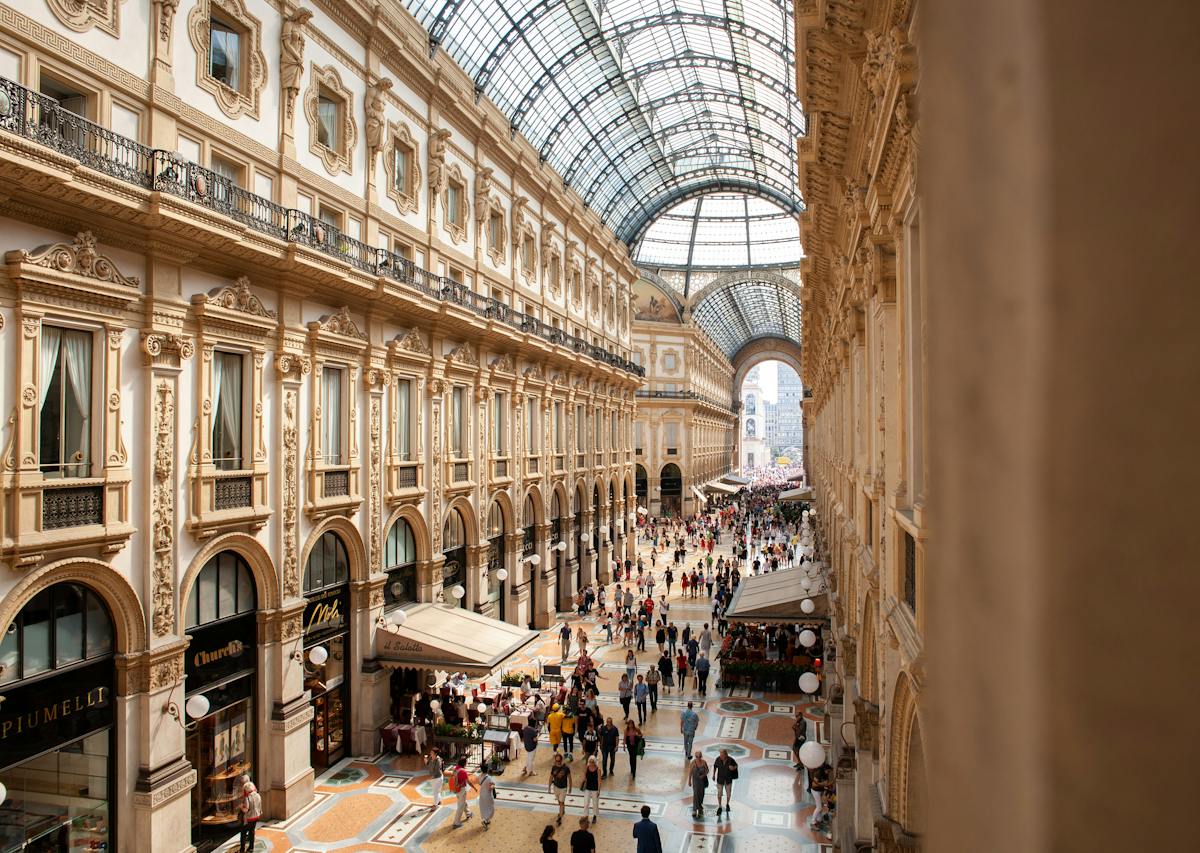
The galleria Vittorio Emanuele II is one of the most relevant examples of Milan’s power and wealth. Photo credit: Tuur Tisseghem
The Italian economy
Northern Italy is more populous, and there is much more industry concentrated in the north. Turin (also known as Torino) and Milan—both metropolises of the north—are the two biggest industrial centers in Italy.
In fact, between 1955 and 1970, more than 700,000 southern Italians migrated to the north, mostly to Turin, because the rapidly growing industrial economy of the north badly needed to add to the workforce. The GDP of Lombardy, in Italy, which includes Milan, is higher than the combined GDP of the 13 lowest states in Italy.
But don’t mistake the north of Italy for all business, all of the time. There are plenty of incredible historical sites and monuments there.
Basically, the North and South of Italy are similar to the differences in the United States or other countries with distinct regions. There are variations in accents, food, pace of life, histories, and sometimes, there’s a bit of rivalry.
All this makes for a more interesting trip—to understand the nuances of a culture.
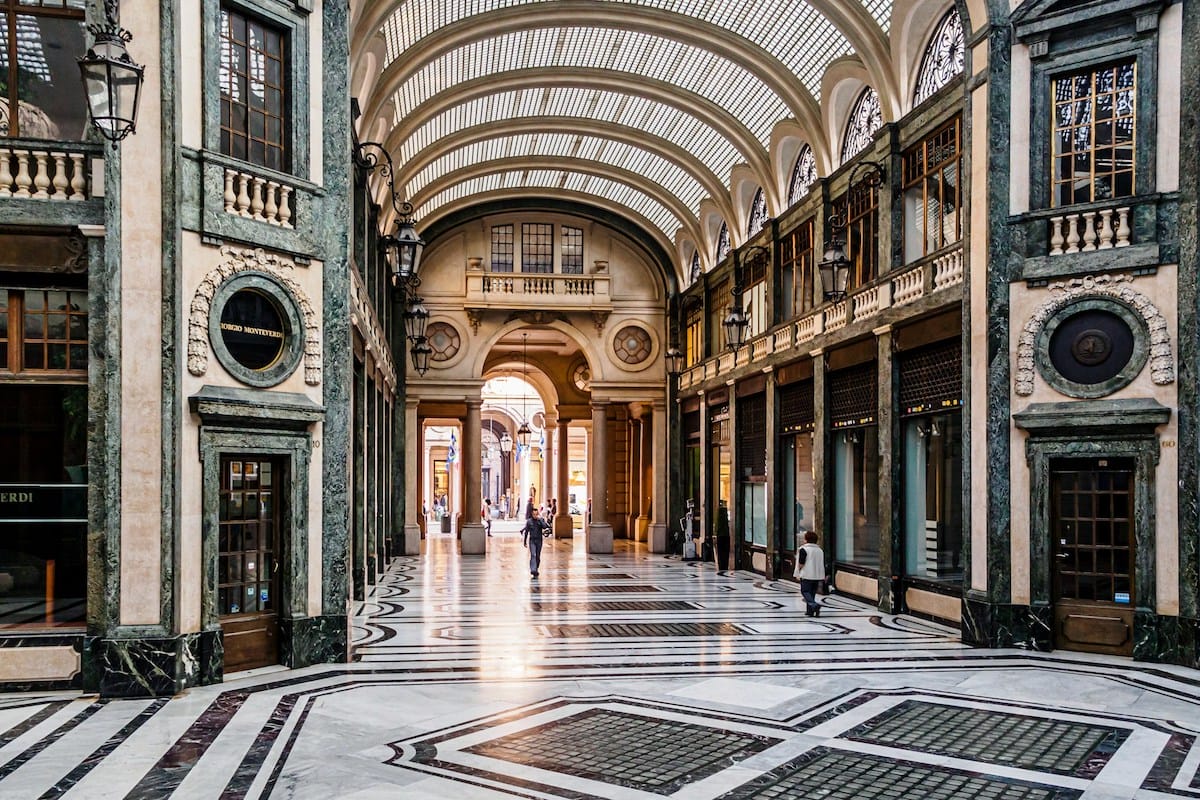
Turin, just like Milan, is one of the most powerful cities in Italy, and its city center shows it. Photo credit: Alexander Schimmeck
Northern vs southern Italy: In conclusion
Let’s not forget that Italy was unified one other time—during the Roman Empire. And this is important in understanding the differences between the south and the north.
Once the western Roman Empire collapsed in the 5th century CE, it created a power vacuum and a small handful of foreign powers moved in: Greeks, Arabs, and eventually the Spanish put their stamp on the south, while the Celts, French, and Germans/Austrians dominated the north.
It’s not unusual, for example, to hear a northern Italian dismiss the southerners as “more Greek than Italian.” And likewise, a southern Italian may wave off a northerner, saying she or he is “basically Austrian.”
The influences from these erstwhile foreign powers have created a cultural base in the respective north and south of Italy—from the way they speak to what they eat, to the architecture, to how they might see the world—that resonates to this day.
While Italy is technically one nation—every Italian has the same passport and they share many cultural similarities—there are a legion of differences between the north and the south.
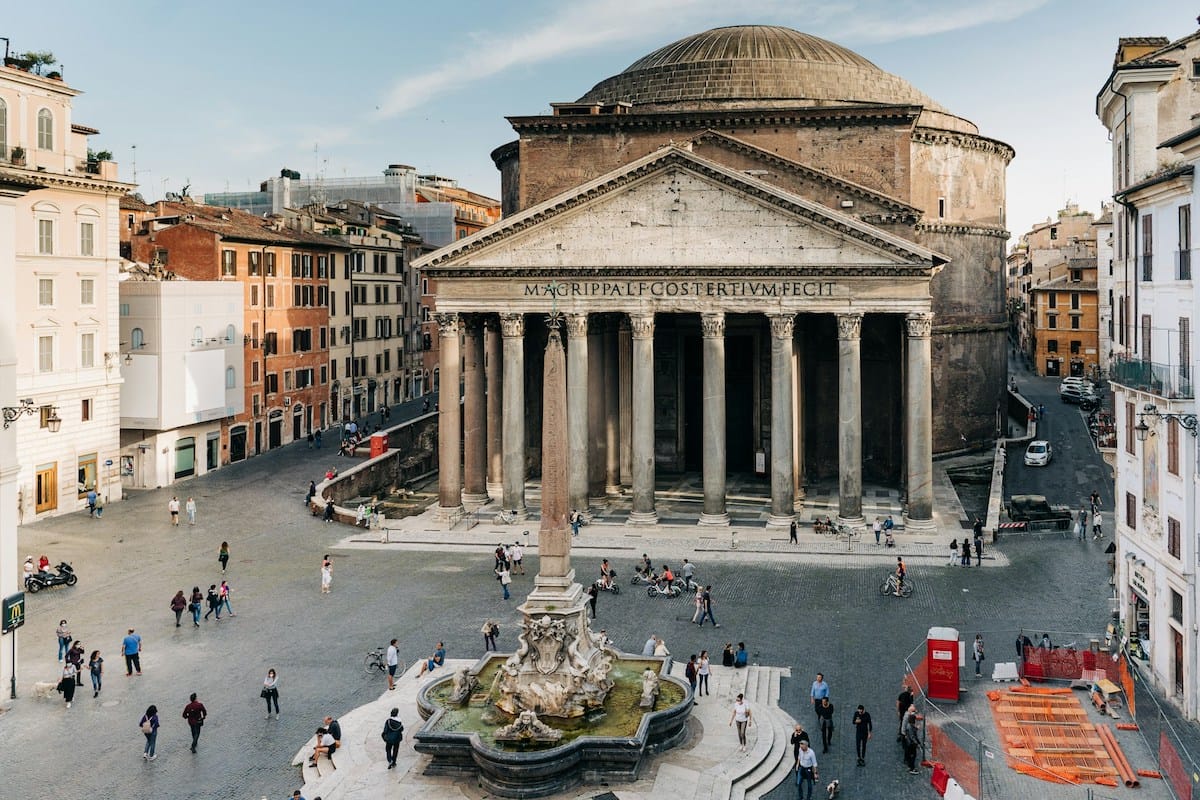
Italy was unified during the Roman Empire, but its contrasts are still evident for everyone to see. Photo credit: Gabriella Clare Marino
by David Farley
View more by David ›Book a Tour

Pristine Sistine - The Chapel at its Best
€89
1794 reviews

Premium Colosseum Tour with Roman Forum Palatine Hill
€56
850 reviews

Pasta-Making Class: Cook, Dine Drink Wine with a Local Chef
€64
121 reviews

Crypts, Bones Catacombs: Underground Tour of Rome
€69
401 reviews

VIP Doge's Palace Secret Passages Tour
€79
18 reviews

Legendary Venice: St. Mark's Basilica, Terrace Doge's Palace
€69
286 reviews









